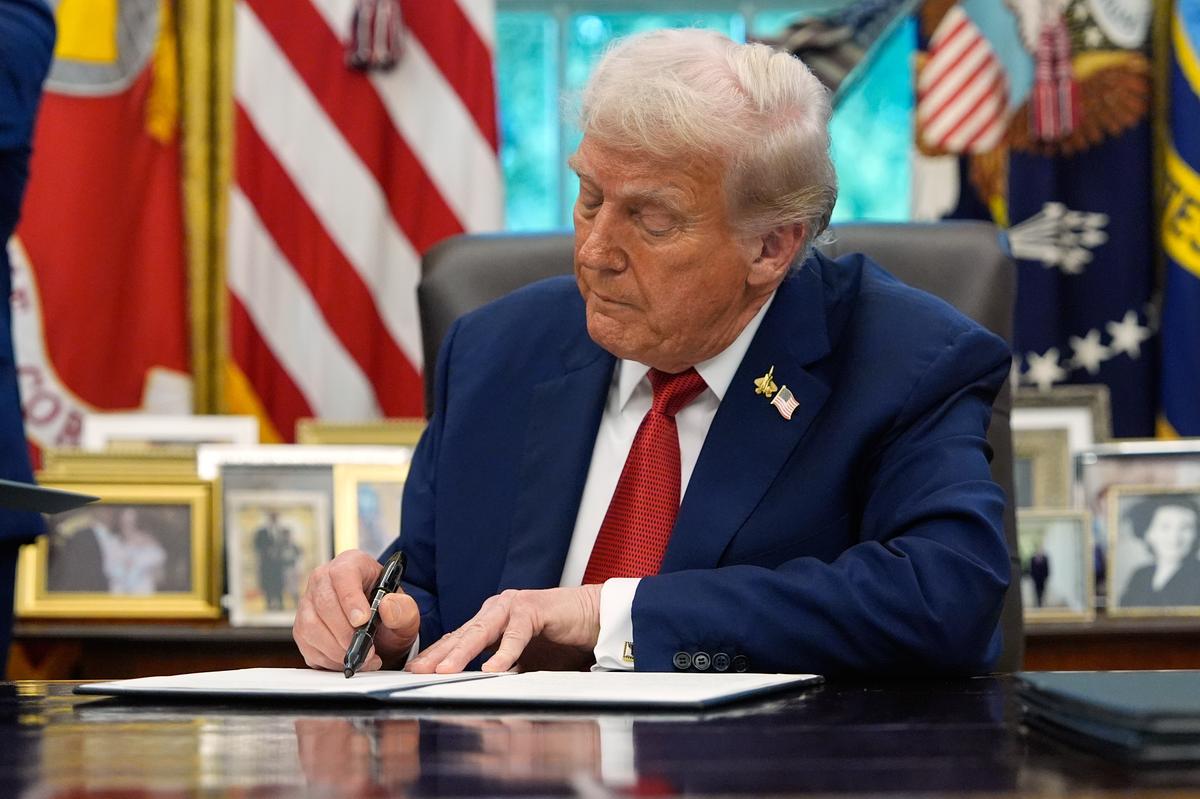President Donald Trump has announced sweeping import taxes that will affect sectors ranging from pharmaceuticals to furniture and heavy trucks. He set the effective date for October 1. The tariffs include 100% on pharmaceutical drugs, 50% on kitchen cabinets and bathroom vanities, 30% on upholstered furniture, and 25% on heavy trucks. These actions reflect his push to reduce the trade deficit and revive U.S. manufacturing, but they spark serious questions about costs for consumers and legal backing.
Why He’s Doing This
Trump claims that the U.S. must protect its industries and that some imports threaten national security. He also argues that the tariffs will push companies to build factories domestically. For drugs, he offered an exemption: pharmaceutical firms currently building U.S. plants may escape the 100% tariff. He defined that as “breaking ground” or being “under construction.” He uses Section 232 of the Trade Expansion Act to justify investigations into drugs and trucks, similar to prior tariffs on steel and aluminum.
Risks to Inflation and Consumer Costs
Economists and health experts immediately sounded alarms. They warn that pricing pressure is likely to rise. The 100% tariff on drugs could double costs for imported medications unless domestic production or exemptions step in. Furniture and cabinetry tariffs may drive up home-building costs and interior renovation expenses. Heavy truck prices could spike too, affecting logistics, construction, and transportation. The inflation already pressing on many household budgets may worsen.
Legal and Trade Challenges
The legality of these tariffs may be subject to court scrutiny. Previous tariffs by the Trump administration encountered legal challenges, and this set is no different. Much depends on whether the administration can convincingly argue national security or structural threats. Moreover, trade partners may retaliate, escalating tensions. The ambiguous definitions of “under construction” and how exemptions apply may invite further disputes.
Impact on U.S. and Global Markets
Markets reacted swiftly. Asian stocks dropped sharply after the announcement. Pharmaceutical companies, especially those dependent on cross-border supply chains, saw share losses. The ripple effect may reach construction, furniture importers, and truck manufacturers worldwide. Some companies may delay shipments or reconfigure sourcing strategies to minimize exposure.
What It Means for Americans
Everyday consumers may feel the impact in drug bills, furniture prices, and even the cost of goods transported by heavy trucks. Insurers and hospitals may absorb part of the drug price hike, but they will likely pass costs along. Home renovations could stall. Businesses dependent on imports may reassess their supply chains. Many Americans may see these changes at their checkout or pharmacy counter.
Conclusion
Trump’s new import taxes on pharmaceuticals, furniture, cabinets, and heavy trucks mark a bold escalation in his trade policy. While intended to strengthen U.S. manufacturing and reduce deficits, these tariffs carry significant risks, including inflation, legal battles, and increased cost burdens for ordinary people. How the administration enforces exemptions, handles backlash, and defends the legal basis will determine whether this move succeeds or backfires.
Bonus Read: Judge Rules Trump Administration Illegally Fired Over 25,000 Probationary Federal Workers




4 thoughts on “Trump to Impose Heavy Tariffs on Drugs, Furniture and Trucks”